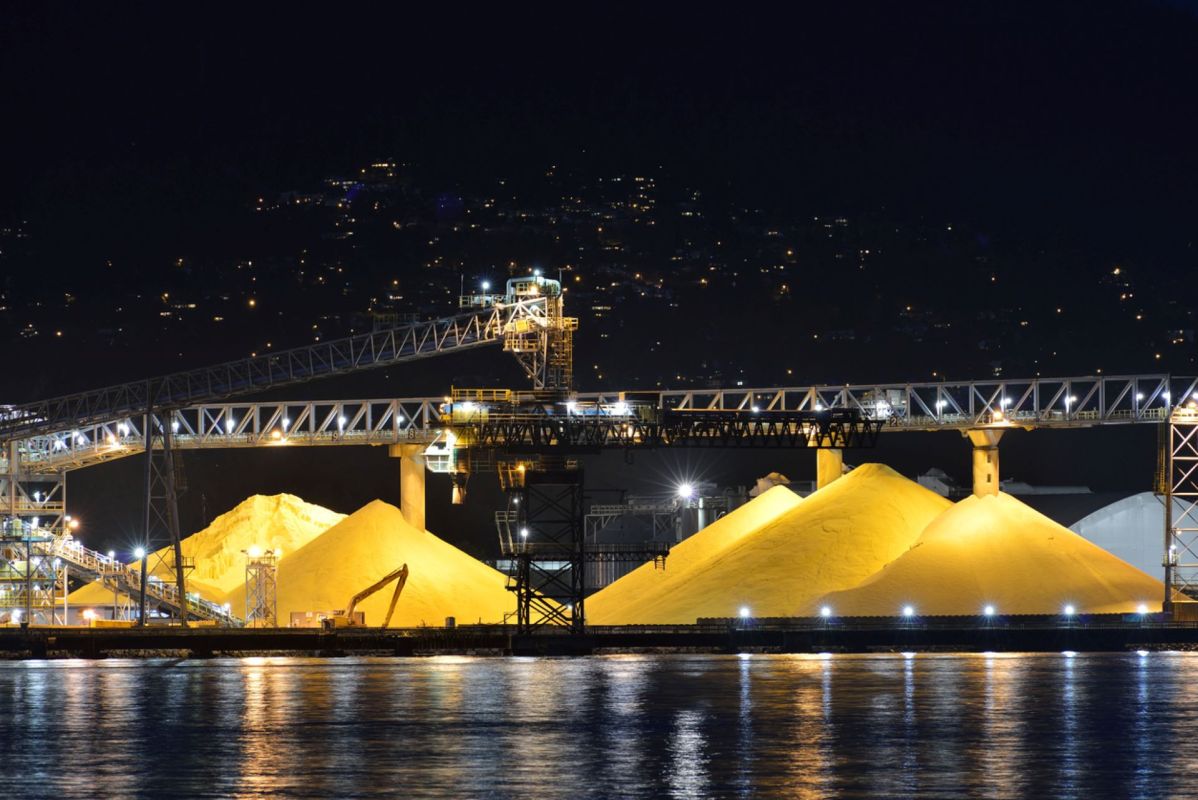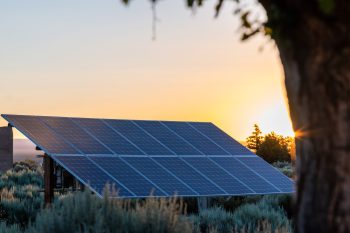Solar technology produces clean, pollution-free power that can be used in homes, commercial buildings, and even electric cars.
But its potential output is dependent on the weather, season, and time of the day. Therefore, storing solar power or heat to be used in winter months and at night, when generation isn't at peak levels, is essential to make the carbon-free energy system viable.
Scientists have been investigating how sulfur cycles can be used to hold thermal energy that can be released when needed.
In state-of-the-art solar thermal energy systems (which harness concentrated solar energy as heat), molten salt is the material of choice for storing energy, as the SolarPACES organization explained. But sulfur can be far cheaper and provide higher energy density (basically the amount of energy stored relative to the material's mass), allowing for greater storage.
"Sulfur's energy density is so much higher than that of molten salt, and also you get high-value heat," DLR Institute of Future Fuels research head Christian Sattler said, per SolarPACES. "You have a very cheap storage medium in the sulfur, and since we propose chemical combustion, you can adjust the temperature to whatever temperature level you need."
As SolarPACES explained, sulfur would be stored in a pile outside, and when heat is needed, it would be burned using solar energy.
🗣️ If you don't have solar panels on your home, which of these factors is the biggest barrier to installing them?
🔘 Upfront costs 💰
🔘 Trouble with my HOA 🚩
🔘 Too much maintenance 🔧
🔘 An incompatible roof 🏠
🗳️ Click your choice to see results and speak your mind
Burning coal produces planet-warming pollution when combusted, as SolarPACES explained, but burning sulfur creates sulfur dioxide, which can be processed into sulfuric acid and then turned back into sulfur. The sulfur can then be used again as a solar storage material, or it can be kept as sulfuric acid.
"This cycle allows you to get energy out of the sulfur and store it in between," Sattler added. "Why it's in focus now is that we can use 100% renewable energy — concentrated solar — to heat the reaction. That's why chemical companies now come in and are interested in demonstrating the plant."
SolarPACES has also noted that sulfuric acid has the potential to be used in the production of green hydrogen via solar energy, which is a cheaper and more effective way of doing so than by using electrolysis.
The sulfur cycle might not be ready to be put into practice, but Sattler is hopeful it can be a solar storage solution in the future.
"The industrial interest reflects that the process has good chances," he said.
Join our free newsletter for weekly updates on the coolest innovations improving our lives and saving our planet.








